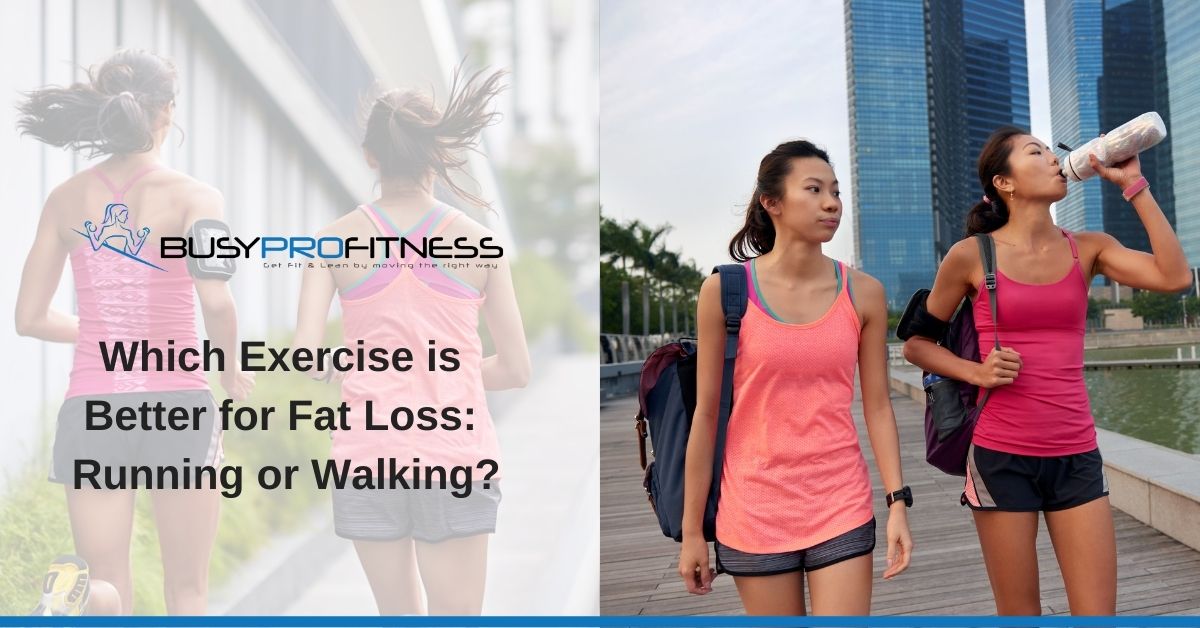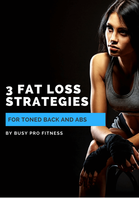Free 5-Day
|
|
Finding a fat-burning workout that you like and will look forward to is the holy grail of training for fat loss. Showing off your toned muscle, and all the related health benefits of carrying less body fat are enough to draw you into a cardio regime. Contrary to popular belief, it's now understood that there is no magical fat-burning zone which is optimal for scorching fat and getting lean. Both walking and running, when done aerobically, will allow you to burn body fat for fuel. So which is better for fat loss, walking or running? Shared Benefits Both walking and running have many benefits in common. Both improve your energy levels, lower your blood pressure and cholesterol, and give you a welcome boost to your mood. The attraction of both walking and running is that you need minimal equipment to get started; a good pair of trainers. Plus you can do them anywhere, anytime, making both activities inexpensive and very accessible - unlike lots of other fitness programmes. Both running and walking are cardio exercises, meaning there are additional health benefits, not just fat burning. Benefits of RunningRunning is more vigorous compared to walking. Meaning that if you ran for 30 minutes, you'd burn more calories than if you walked for 30 minutes. For fat burning, this is important, provided you can sustain your running pace for the given time. Easy running, where you can talk in full sentences, will put you right around 60% of your maximum heart rate. This is a good spot for burning fat because it's sustainable. It's not a magic fat-burning zone, but it's a great mix between enjoyable mileage and burning calories. Moderate and high-intensity exercise can be more effective at burning fat, particularly abdominal subcutaneous fat. Still, you won't be able to sustain that pace for more extended periods. If you're not used to running regularly, or exercising intensely, you might want to speak to your doctor first to check that it's advisable before taking on a regular running regime. Running can help make it easier for the body to break down fat efficiently, raise your metabolic rate - and keep it higher for longer when compared with walking. Suppose you're interested in starting to run and you think your current fitness levels are suitable for starting a beginner running plan. In that case, the Couch to 5K might be a good place to start. It's endorsed by the NHS, comes with a free phone app, and uses interval training to alternate between walking and jogging. The programme lasts around 9 weeks, and by the end, you'll be able to run continuously for 30 minutes. Benefits of Walking Walking is a far less high impact exercise. Where running puts a lot of pressure on your joints, walking is more gentle. So if you've ever had an injury in your knees, ankles or hips, you may find walking more comfortable, especially for sustained periods. Walking is a great long term addition to the exercise regime as it is lower intensity than running, which means it relies more on stored fat as energy. It's also a great way to increase energy expenditure on a calorie restricted diet without risking overtraining. It won't burn fat as quickly as running, but since you can do it for immeasurably longer, that might not matter to you. If you're interested in making your walking a little more challenging, but you're not up for adding additional load to your joints by breaking into a run just yet, there are still things you can do to scale up from walking when the time is right. Hillwalking, or walking while carrying weight in a backpack could be an excellent way to provide an extra challenge to your walks without the sudden high impact of a run. How many calories you burn while walking will be due in part to how much you weigh and how fast you're walking. A 68kg woman walking around 4km per hour could expect to burn a little over 200 calories in that hour. You might want to consider joining a local walking group or walking your (or a neighbour's) dog and just enjoying the movement and fresh air. This is just as valid a form of exercise as high-intensity circuits. There's room in your programme for both running and walking if both interest you. Both options provide tremendous challenges and enjoyment in their own right. Wrapping Up So, back to our initial question, which activity is best for fat loss? In brief, the one that you prefer adding into your exercise routine. Whether that's because your joints may not like the impact of running, so you opt for walking, or you prefer running, getting out of breath and getting to places faster, it's up to you.
Running may burn more fat and more quickly, but walking is lower impact, easier on the joints and more sustainable for more extended periods. Committing to an exercise regime that you can enjoy and sustain will be critical to your consistency in your training and ultimately, to your fat loss success.
0 Comments
Leave a Reply. |
AuthorWrite something about yourself. No need to be fancy, just an overview. Download 3 Fat Loss Strategies for Toned Abs and Back Guide!
Archives
October 2021
Categories |
CompanyBusy Pro Fitness offers personal training in Brent Cross for clients based in Brent Cross, Hampstead, Belsize Park, St John's Wood, West & South Hampstead, Childs Hill, Finchley, Golders Green and surrounding areas but we also provide a Virtual Training and Online Coaching service for those clients who live elsewhere and Worldwide.
|
About |
|
|
© COPYRIGHT 2015. ALL RIGHTS RESERVED.
|
Website Design by My Personal Trainer Website
|



 RSS Feed
RSS Feed
